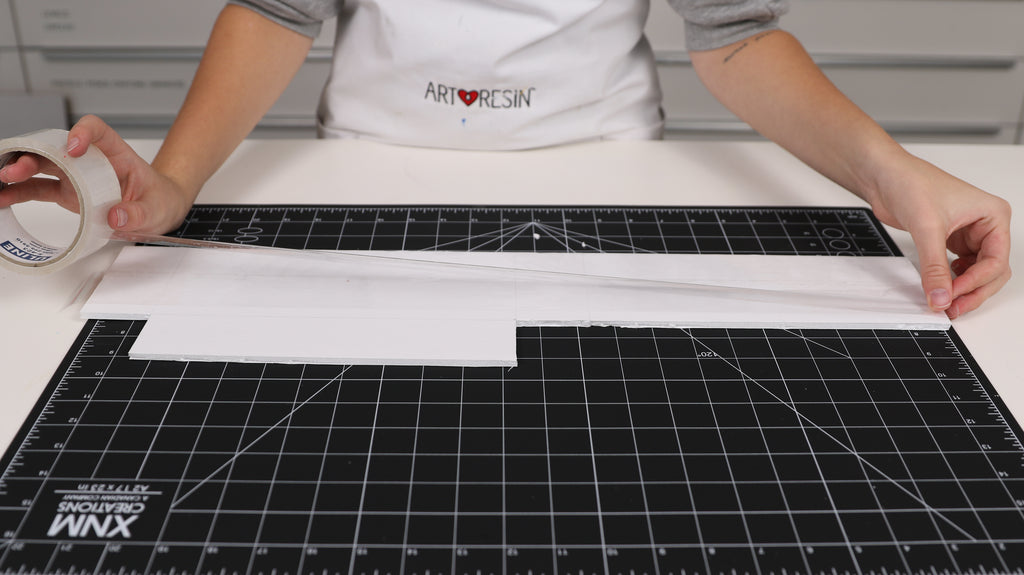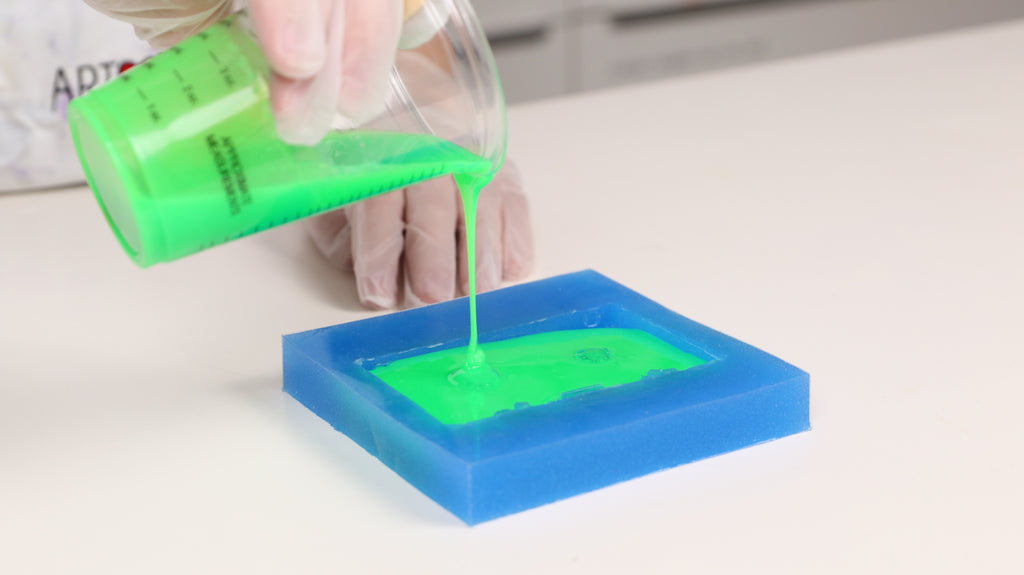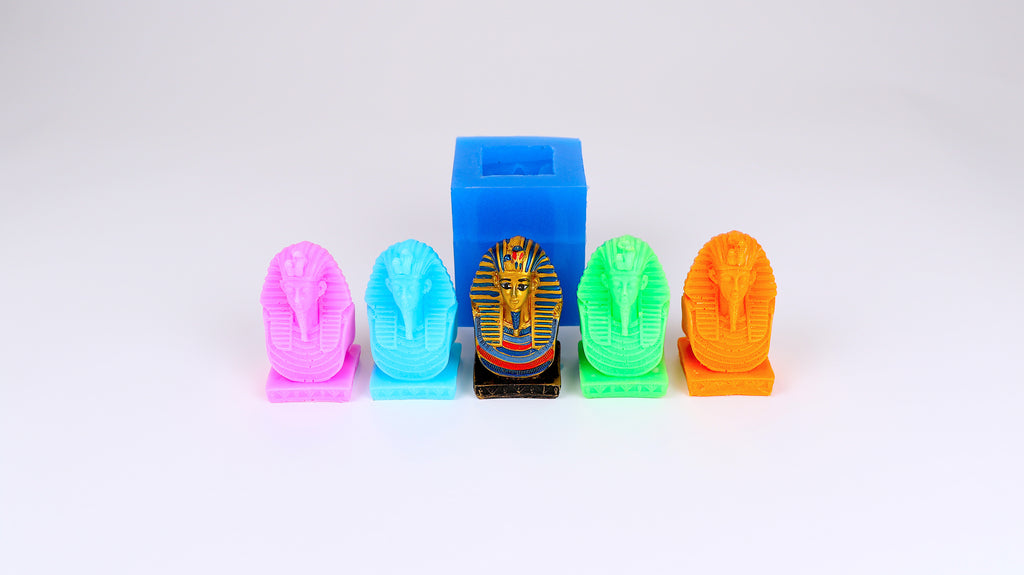Do you copy?
That's what we're asking everyone who's ever imagined taking something as simple as a piece of fruit and making their own colorful copy.

Sometimes you may want to take a little piece of pop culture and put your own creative spin on it.

Whatever the case, you need something to make a mold of that object so that you can get duplicating again and again.
Introducing Mold Making Material.
Mold Making Material is a 2-part silicone product for making your own reusable molds. Every mold is both flexible and strong making it easy to use over and over and over again. Mold Making Material is smooth and durable which allows the finished molds to stretch and bend without tearing. It has a low viscosity that allows it to capture fine details with excellent release.
Best of all, Mold Making Material is non-toxic, odorless and once cured, is food safe. Because it contains no VOCs, no BPAs, and no fumes, it's safe for use at home.

Here's how it works:
First, you will need to find a box slightly larger than your object. We like to use pre-made boxes such as milk cartons, plastic containers and yogurt cups. Finding useful boxes around the house is just another example of how accessible Mold Making Material is to anyone.

You can also make your own frame to surround your object from cardboard, wood or foam core. Remember, the more space around the object, the thicker, and therefore stronger, your mold will be.

If you are making your own frame out of cardboard or foam core, it is important to seal the inside with tape so the box becomes waterproof. We use packing tape to seal our boxes, and to cover the surface of the box so the mold will easily pull away from it later.

In the example shown, we are using a milk carton to house the King Tut figurine. We cut the milk carton about an inch taller than King Tut and used the bottom half. Depending on the weight of your object, you could choose to glue it to the bottom of the box.

Now it’s time for the Mold Making Material. You’ll want to mix equal measurements of Part A and Part B until the color is consistent.

The 2 parts of the Mold Making Material kit are actually 2 different colors (white and dark blue) so you'll know when the mixture is thoroughly mixed when the color becomes one consistent medium blue hue.

Next, pour the mixture into your container and over your object.

Then, sit back and let the mold cure; 3-4 hours at room temperature will do the trick.

Once time has passed, you can poke the top of the silicone to make sure that it is not sticky anymore before removing it from the box.

Cut the box open and pull the whole mold out before removing the object.

Remove your object from the mold by carefully wiggling it out.

Congratulations, your mold is complete and you are now ready to make exact replicas of your object.

You can use many different substances to fill the mold, such as cement, plaster, polyurethane, soap, clay, polymer clay, play dough and wax, but we recommend ArtResin epoxy resin in combination with our line of ResinTints.
You can also use Mold Making Material for food safe molds to create personalized shapes out of chocolate, candy, ice, butter and more! Just remember, molds made for use with food should ONLY be used for food. For more information, see our blog Make Your Own Food Safe Silicone Molds.

ArtResin is another simple to use product that works comfortably well with Mold Making Material.

Follow this link the learn more about ArtResin and its world of creativity!!
So there you have it. The possibilities are truly endless.

Who knew cloning could be such fun?!
Well we did. And that’s why there’s Mold Making Material. So go ahead. Make a copy. And then make another, and another, and another, and another…
Learn more about the mold making material and read our guides about mold making:
- How to make a resin box mold
- How to make food safe silicone molds
- One part vs two part molds
- Shiny vs matte silicone molds
*Currently Mold Making Material is available in the USA and Canada.


